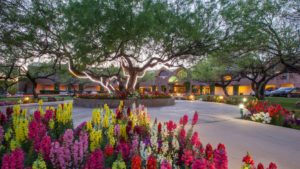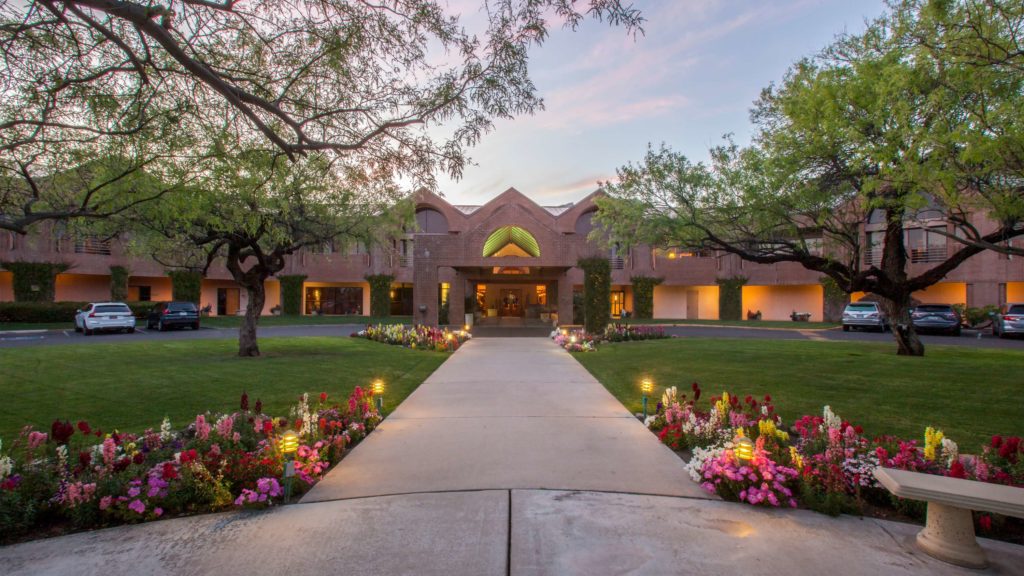
The Lodge at Ventana Canyon
A destination for rest & recreation
Life at Ventana Canyon
On the outskirts of Tucson in the Santa Catalina foothills lives Ventana Canyon in its 600 acres of native beauty. The breathtaking nature engulfing our property is the true glory of our desert hideaway. Here, you’ll find a sanctuary of flowering desert, rolling hills, winding dry riverbeds, craggy canyons and pine-topped peaks. A beautifully secluded getaway with 50 guest suites and 36 holes of championship golf, The Lodge at Ventana Canyon is an award-winning retreat that’s been rated as one of America’s top five golf resorts. The amenities are lavish and the landscape is lush – so let the views around you ease your mind and soothe your spirit.

Exceeding all your expectations
When you’re not teeing off at one of the two Tom Fazio courses, enjoy a game of tennis or pickleball at our premier lighted courts, or relax with a soak in the pool of your choice. The Ventana Bar & Grill serves up delicious meals to satisfy any cravings, while the Day Spa features a variety of rejuvenating treatments to help ease away your worries and stresses. For 25 consecutive years, The Lodge at Ventana Canyon has been an AAA Four Diamond destination, ensuring that your vacation here will always be above and beyond.

Discover Tucson
Sitting at 2,389 feet above sea level, Arizona’s second-largest city is a growing metropolis of one million surrounded by spectacular national and state parks and a skyline of five mountain ranges. Less than an hour’s drive from The Lodge, you can experience the scenic “sky island” of Mount Lemmon, rising 7,000 feet from the Sonoran desert below.
With its 350 days of sunshine each year, Tucson lies in the borderland, a region that blends the culture of the United States and Mexico and offers a rich history of settlement by ancient Native American peoples, Spanish explorers and Anglo frontiersmen. Locally, Tucson is still referred to as Old Pueblo, for the adobe fortress or “presidio” that marked its early borders. Over the past three centuries, Tucson has grown from a Native American farming community to a Spanish outpost to a dusty frontier town to the vibrant and authentic Southwestern city it is today. Once you immerse yourself in the laid-back atmosphere of Tucson, you won’t want to leave.
